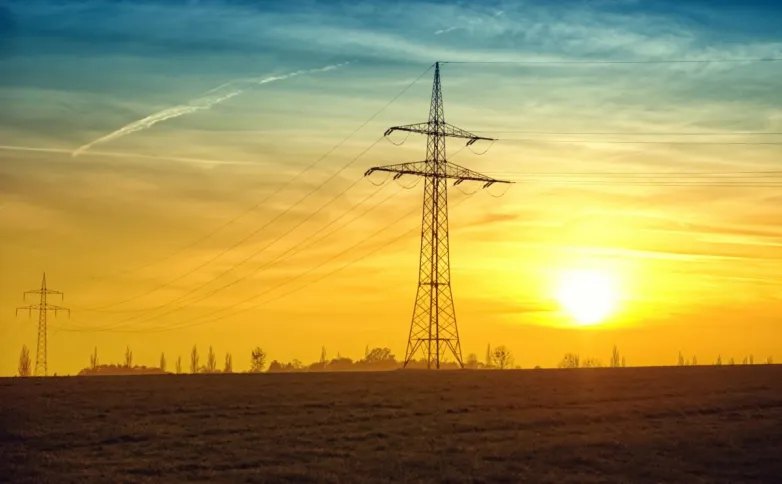PV cheaper than spot market electricity across Europe
Sep 3, 2019 05:15 PM ET
- The levelized cost of energy produced by large scale PV projects ranges from €24/MWh in southern Spain to €42/MWh in Finland. New research states that is already cheaper than the average spot market electricity price and that the figure for big facilities in southern Spain may fall to €14 in 2030 and €9 in 2050.

Solar power is already the cheapest source of electricity in several European markets. That headline finding has come out of the report: Impact of weighted average cost of capital, capital expenditure and other parameters on future utility scale PV levelized cost of electricity.
The research team behind the study includes Christian Breyer, professor of solar economy at Finland’s Lappeenranta University of Technology. The report claims the levelized cost of energy (LCOE) for power generated by large scale PV projects – and including a 7% nominal weighted average cost of capital (WACC) – ranges from €24/MWh in Malaga, southern Spain, to around €42 in Helsinki, Finland. Those figures, the researchers state, are considerably lower than spot electricity prices in both markets: €47/MWh in Finland and €57 in Spain.
“This means that PV is already cheaper than average spot market electricity all over Europe,” the study’s authors wrote.
Falling solar power price
The researchers expect the LCOE of solar farm-generated power to drop further in Malaga, to €14/MWh in 2030 and €9 in 2050. In Helsinki they predict respective prices of €24 and €15.
The report noted feed-in tariffs are becoming scarce and utility scale PV is ready to compete in the free market through power purchase agreements or the direct sale of power to the spot market.
The scientists analyzed data related to large scale solar in London, Munich, Toulouse, Rome, Malaga and Helsinki. “It can be seen that in 2018, utility scale PV could have been sold profitably in all six countries, with 7% nominal WACC, at [the] average spot market price,” stated the report. The authors said daytime market prices could fall as a consequence of the rising contribution of PV to the energy mix and said solar will remain profitable in the spot market as a result of decreasing capital and operating expenses (capex and opex).
The LCOE for solar-plus-storage is also expected to fall significantly in the decades ahead. According to the study, the price for the technology in Malaga ranges from €39/MWh – with 1 kWh/kWp of storage – to €54 with 2 kWh/kWp. That level is competitive with the average spot market electricity price in Rome and Malaga, the researchers claimed.
“PV with 1 kWh/kWp storage will become competitive in 2020 in London and Toulouse, and by 2025 in Helsinki and Munich,” stated the report.
Outdated cost projections
The authors of the paper stressed policymakers are lagging behind the development of the solar market and most of them still rely on wrong cost projections and outdated data. They cited the International Energy Agency, the Intergovernmental Panel on Climate Change and the European Technology and Innovation Platform for Photovoltaics as intergovernmental agencies providing data that underestimates the potential of solar.
The study considered three scenarios for the future growth of PV: a ‘slow’ outcome which envisaged 9 TW of solar generation capacity worldwide by 2050; a ‘base’ projection in which PV reaches 20 TW; and a ‘fast growth’ outlook in which solar achieves 62 TW.
The capex of large scale PV is expected to halve by 2050 in the first scenario; in the second and the third projections it falls by 65% and 75%, respectively. The authors of the paper emphasized a lack of reliable public data on solar capex and opex costs.
“Investors do not usually publish their budgets and if they do, it is not sure whether the budget was eventually met or not,” stated the report, which also highlighted the difference between the transparency of module prices and the opaqueness of balance-of-system and opex levels.
It is expected solar project operating costs will occupy a larger share of overall project costs by 2050, rising from around 23% today to 30%. During the same period, module costs are set to see their contribution to project costs fall from 17% to 7%.
Also read


